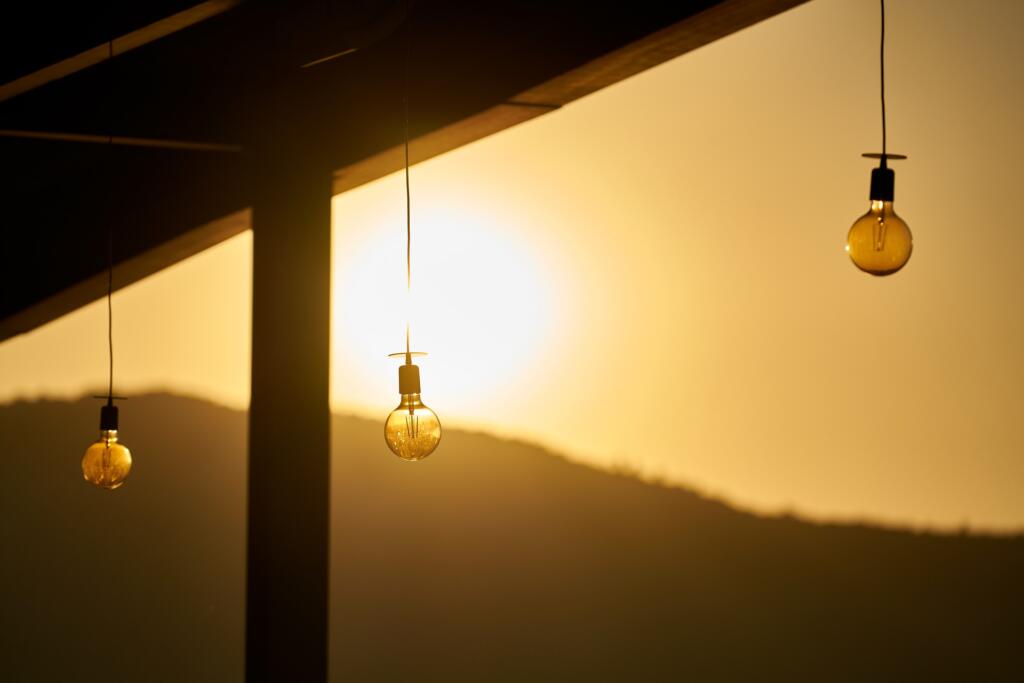The situation on the European energy market indicates that starting from the new year, tariffs for households in Poland may increase even by several dozen percent. In this context, it should be emphasised that the tariff increase does not translate entirely into the amount of the electricity bill, but only into approximately 50 per cent. However, it is certainly worth checking now how we can control our own electricity consumption, and thus limit the impact of price rises on our household budget.
With media reporting possible electricity price hikes of up to 40 per cent, it is important to distinguish between two, sometimes interchangeably used terms - tariff increase vs. household electricity bill increase. Experts of the Polish Electricity Association point out that the electricity bill for the G tariff, i.e. households, consists of two components: the energy sale charge and the distribution charge. The charge for energy sale accounts for about half of the bill, so if we hear about a forecast increase in the tariff by, for example, 40 per cent, in practice the cost of the entire bill may increase by about 20 per cent.
This is quite a significant difference if we compare the possibility of an increase by almost half compared with a ¼ increase in current costs, hence the need to distinguish between the tariff increases reported in the media and the price increases that we will receive on our bills after the new year. This does not change the fact, however, that electricity prices must rise as a consequence of the rising costs of energy production and the implementation of the European Union's climate policy.
As PKEE experts point out, the mandatory purchase of CO2 emissions now account for as much as half of the cost of energy and is the main factor affecting tariffs and, consequently, bills sent to consumers. The funds from the increasing price of emission allowances go to the state budget and at least half of them should be spent on investments facilitating reduction of greenhouse gas emissions and on the support system for energy recipients.
However - despite the upcoming increases - we are still able to limit their impact on the household budget. The solution is a few simple habits, the application of which may help in saving electricity. Starting with lighting, which should be switched off in rooms that are not used. Equally important is the replacement of old-style light bulbs with energy-saving ones, especially in those parts of the house or apartment where we spend most time. A traditional light bulb converts only about 5% of the energy consumed into light, while as much as 95TP1T is lost on your bill.
The household appliances that consume the most electricity in almost every home are the refrigerator with freezer, the electric boiler and the ceramic electric cooker. In the case of a refrigerator, a large amount of energy is consumed by the need to cool it down again when storing warm food, or when the door is frequently opened or not closed. For an electric boiler it is crucial to reduce the amount of energy used to heat water only for it to cool down later. The solution is to turn it on only at times when you need the hot water in large quantities, such as in the morning and evening. To reduce cooking costs, it is enough to cover pots with a lid - which will speed up cooking and thus reduce the time of using the cooker. As far as the oven is concerned - the same rule applies as in the case of the fridge - the more often we open it, the more energy the appliance will have to consume to restore the desired temperature.
Of course, we also use a lot of other appliances, such as dishwashers, washing machines and clothes dryers. If it is not a problem for you to switch these devices on at certain times or during the night, you should check out tariffs which offer lower electricity prices during certain hours. The most common oversight affecting unnecessary consumption of electricity is also the lack of habit of switching off numerous devices and leaving them in the so-called sleep mode - during which they can generate up to 15 percent of their normal electricity consumption. This is unfortunately a standard in many Polish homes.
The ongoing energy transition is not just about power generation companies or large energy-intensive enterprises such as factories, steel mills or cement plants. This change requires the involvement of all of us. So let's start with our own homes.

